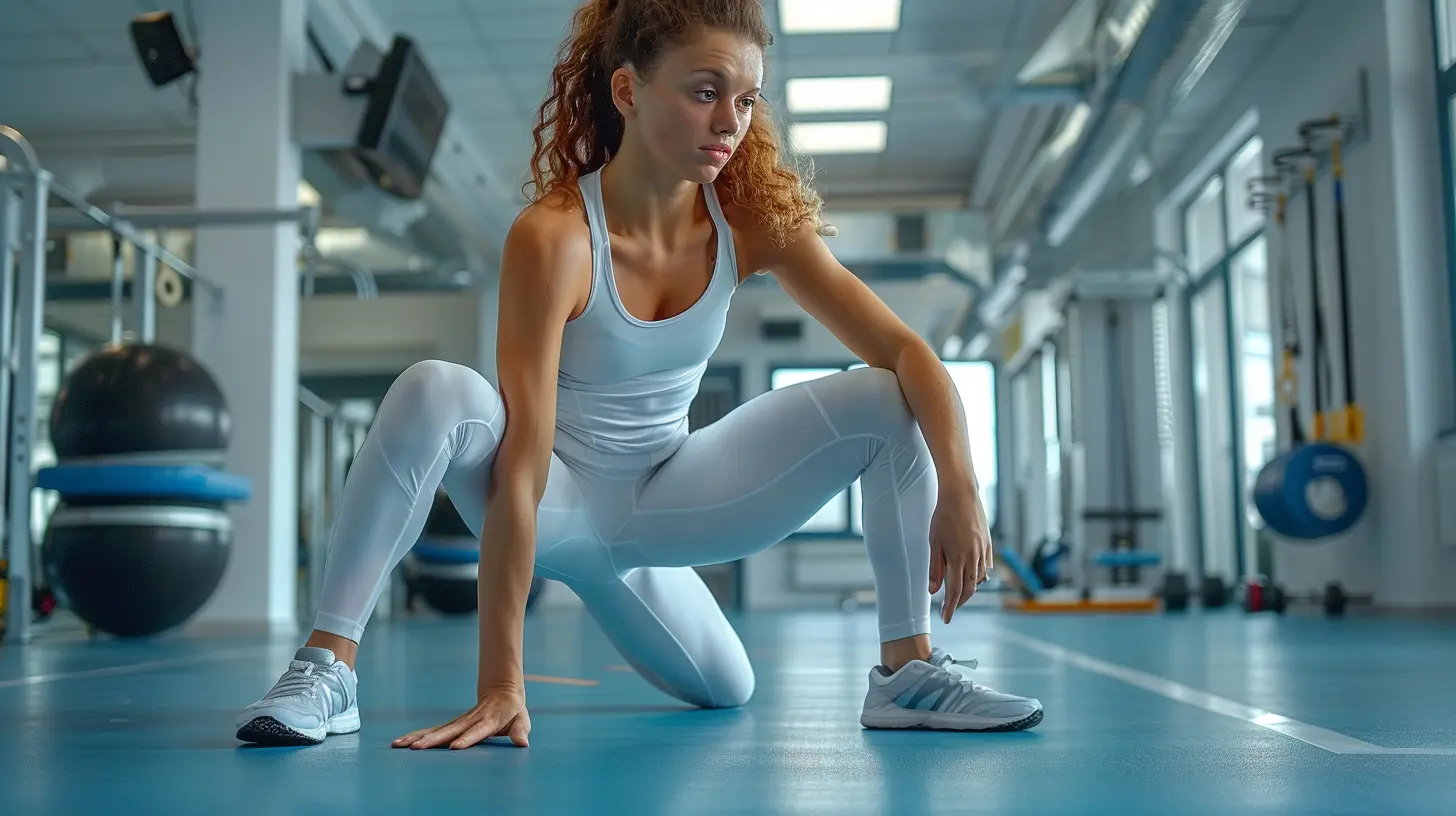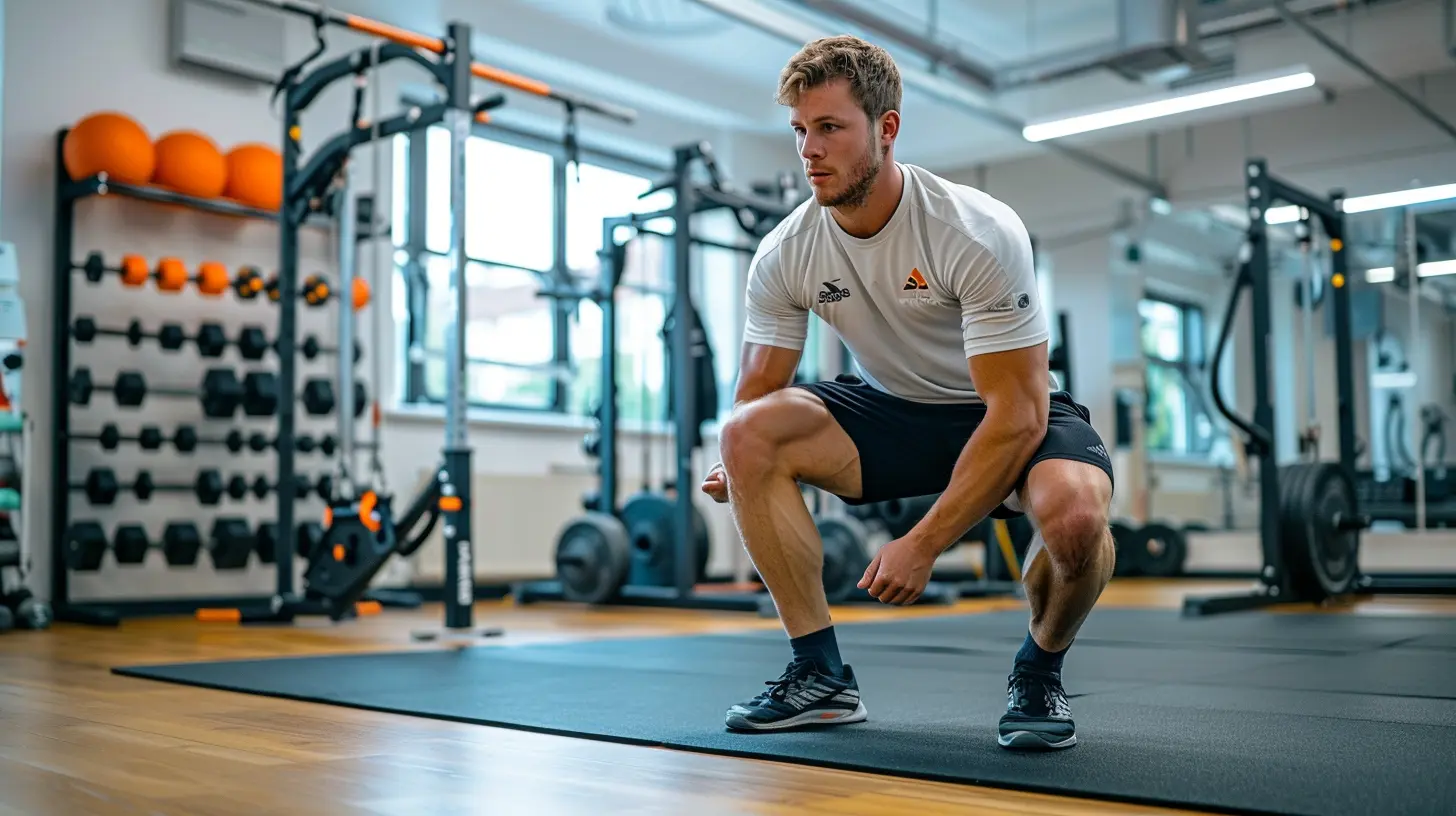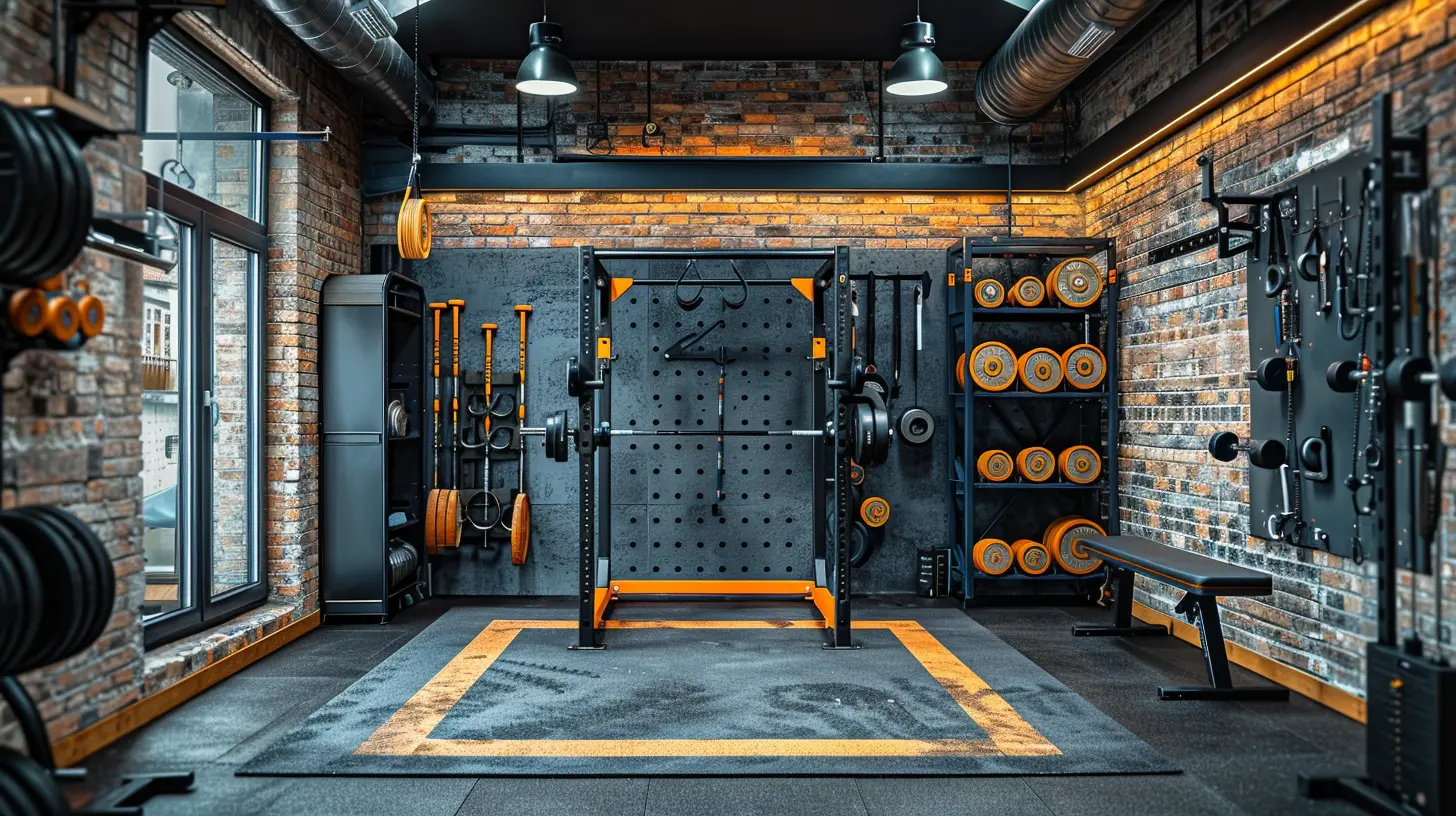Why Mobility and Flexibility Are Crucial for Strength Training
21 November 2025
When most people think of strength training, they picture heavy weights, bulging muscles, and that classic gym grunt. But here’s a truth bomb: no matter how strong you are, if you lack mobility and flexibility, your strength gains will hit a wall—and fast.
Yep, those two often overlooked elements—mobility and flexibility—are the unsung heroes of a solid training routine. They’re not just about touching your toes or doing yoga; they’re about moving better, lifting safer, and performing at your best. So, if you want to lift more, avoid injuries, and train longer, it’s time to stop ignoring mobility and flexibility.

What’s the Difference Between Mobility and Flexibility?
Let’s kick things off by clearing up a common confusion. Mobility and flexibility sound similar but are actually two distinct things.- Flexibility is your muscles’ ability to lengthen. It’s what lets you stretch your hamstrings or fold into a deep lunge.
- Mobility is your ability to move a joint through its full range of motion with control. Think lifting your arms overhead without arching your back or squatting deep without your heels lifting.
You can be flexible without being mobile. You can be mobile without being super flexible. Ideally, though, you want both.

Why Strength Athletes Need Mobility
Mobility isn’t just a “nice-to-have” skill—it’s a game-changer, especially for strength training. Here’s why.1. Improved Range of Motion
Lifting heavy is cool, but lifting heavy with a full range of motion? That’s where true gains live.Take squats, for example. You can add plates until the bar bends, but if you can’t drop below parallel because your hips are too tight, you’re leaving gains on the table. Plus, you're risking poor form and injury.
Good mobility helps you hit those deep reps, which recruit more muscle fibers and build more strength.
2. Better Technique
If your joints move freely and without restriction, your form improves. And good form means more effective lifts.Ever tried pressing overhead but ended up arching your back like a banana? That’s probably tight shoulders limiting your mobility. A lack of mobility forces your body to compensate in all the wrong places—hello, back pain.
When mobility’s on point, your body moves efficiently. That means stronger lifts, better posture, and fewer injuries.
3. Injury Prevention
This might be the most important point of all.Lifting heavy puts serious stress on your joints, tendons, and muscles. Without good mobility, joints get jammed, movement becomes awkward, and injuries creep in.
Think of your body like a chain. If one link is stiff or weak, the whole chain suffers. Muscle strains, joint pain, ligament issues—they all find their way in when your body can’t move the way it’s supposed to.
Mobility training keeps all the "links" strong, smooth, and functional.

Why Flexibility Matters, Too
Now let’s talk about good old flexibility. It's not just for dancers and yogis—it’s for anyone who wants to lift, move, and feel better in their body.1. Reduces Muscle Tension
Tight muscles lead to poor movement patterns and increased risk of injury. Stretching helps relieve that tightness, which, in turn, improves your form, your comfort, and your performance.After a brutal leg day, stretching those quads and hamstrings will do wonders… and your body will thank you the next day.
2. Encourages Muscle Recovery
You know that sore, stiff feeling after a big workout? Flexibility work helps reduce that by improving circulation and flushing out lactic acid.Post-workout stretching = faster recovery = quicker turnaround for your next session.
3. Enhances Mind-Muscle Connection
Stretching makes you more aware of your body. You start noticing imbalances, tight spots, and areas you’ve been neglecting.That awareness carries over into your lifts. You’ll not only lift better—you’ll train smarter.

Signs You’re Lacking Mobility or Flexibility
Not sure if your body’s holding you back? Here are some red flags:- Your heels lift when you squat. Tight ankles or hips.
- You can’t keep your back straight when deadlifting. Tight hamstrings or lats.
- You compensate with your back during overhead presses. Limited shoulder mobility.
- You're constantly sore in the same areas. Potential imbalances or restricted movement.
If any of these sound familiar, it's a huge sign you need to work on your mobility and flexibility.
How to Improve Your Mobility
The good news? You don’t need a fancy setup or tons of time to get started. A few minutes a day can make a real difference. Let’s break it down.1. Dynamic Warm-Ups
Before you hit the weights, you should be moving. Think leg swings, arm circles, bodyweight squats, hip openers—all designed to fire up your muscles and joints.Dynamic warm-ups prep your body for action. They improve blood flow, raise your heart rate, and get your brain and body in sync.
2. Joint Mobility Drills
These movements target specific joints and promote smooth, controlled motion. Some great options:- Hip circles
- Shoulder dislocates with a band
- Ankle rockers
- Cat-cow for spinal flexibility
Do these regularly, and you’ll start feeling looser, more controlled, and stronger.
3. Foam Rolling and Self-Myofascial Release
Got knots, tight spots, or stubborn areas? Grab a foam roller or massage ball. These tools help release fascia, reduce soreness, and improve tissue quality.Try spending 1-2 minutes on each major muscle group before or after training. It hurts (a lot sometimes), but it works.
How to Boost Your Flexibility
1. Static Stretching Post-Workout
After your training session, your muscles are warm and ready to stretch. This is the perfect time to sink into long, deep stretches.Spend at least 30 seconds on hamstrings, quads, calves, glutes, shoulders, and chest. Don’t rush it—this is your cool-down and recovery moment in one.
2. Yoga or Mobility-Focused Classes
Yoga is like the Swiss Army knife of body care. It improves strength, flexibility, mobility, and mindfulness in one killer session.Even just one yoga class a week can dramatically improve how you move and feel while lifting.
3. Incorporate PNF Stretching
Proprioceptive Neuromuscular Facilitation (PNF) sounds complex, but it’s just a fancy technique where you stretch a muscle, contract it against resistance, then stretch it again.It’s insanely effective for gaining flexibility fast. You can do it with a partner or resistance bands.
Integrating Mobility and Flexibility Into Your Routine
Look, I get it—adding more to your training schedule might feel overwhelming. But hear me out.Improving your mobility and flexibility doesn't mean dedicating hours every day. It just means being intentional.
Try This 3-Step Plan:
1. Add 5-10 minutes of dynamic warm-ups before every strength session.2. Foam roll and stretch for 10 minutes after your workouts.
3. Dedicate one day a week to a full mobility session or yoga class.
That’s it. That’s all it takes to start seeing real benefits. And your joints, lifts, and long-term progress will thank you.
Real-Life Examples: Mobility FTW
Let me share two real-world stories:- Josh, a powerlifter, increased his squat depth and added 40 lbs to his max just by fixing his hip mobility issues.
- Lena, a CrossFitter, was constantly getting shoulder pain. Once she improved her thoracic spine mobility, her overhead lifts felt smoother, and the pain disappeared.
Moral of the story? Strength is only part of the equation. When you move better, you lift better.
Final Thoughts
We all want to be stronger, faster, and more capable. But strength without quality movement is like building a mansion on a shaky foundation—it won’t last.Mobility and flexibility are your training insurance policy. They keep you moving well, lifting better, and staying in the game longer.
So don’t skip the stretches. Don’t overlook the warm-up. Carve out time for mobility work. Your future self will thank you every time you break a PR pain-free.
Whether you're a weekend warrior or an elite athlete, remember: the strongest athletes aren't just the ones who lift the most—they're the ones who move the best.
all images in this post were generated using AI tools
Category:
Strength TrainingAuthor:

Easton Simmons

